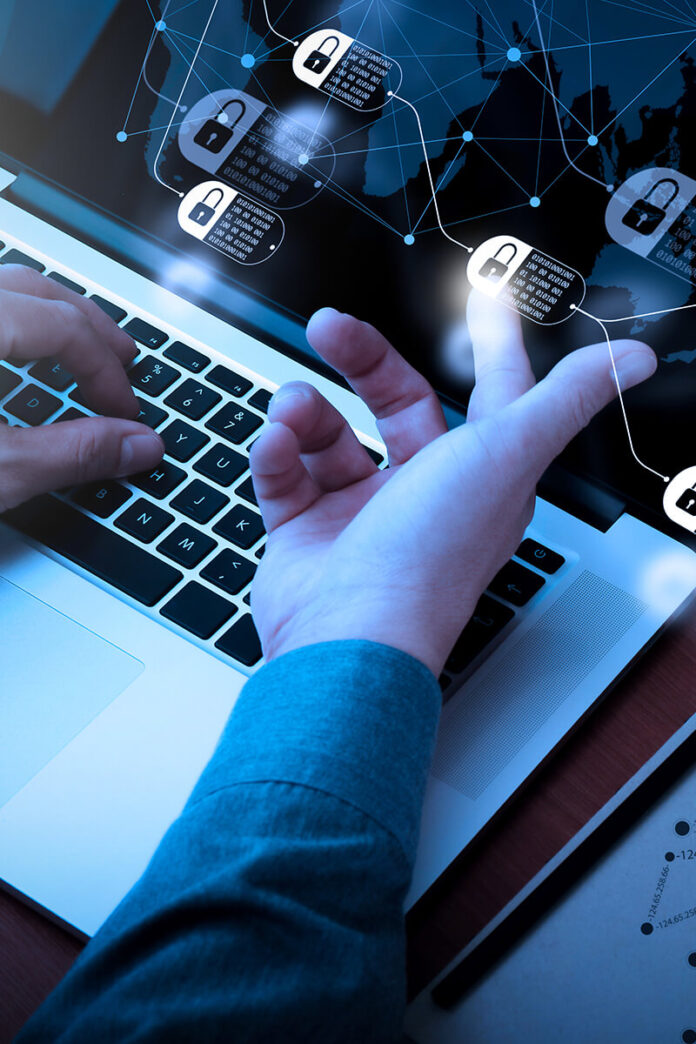As digital assets become more and more commonplace, the need for secure ways to protect them becomes increasingly important. Blockchain technology is one of the most promising solutions and can provide a high level of security for digital assets. Here are some of the current uses of blockchain for digital assets and how it changes the way businesses operate.
The Basics of Blockchain
Hashing, asymmetric cryptography, and blocks are the three vital technological elements that underpin blockchain technology.
- Hashing is a method for converting any size data into a fixed-size output. In a nutshell, hashing makes data safer and anonymous. Hashing functions typically rely on statistical aspects that drive people to act in ways that benefit everyone involved.
- Asymmetric cryptography uses public keys and private keys for secure transactions. The public key encrypts the data and is sharable with anyone. The private key, however, decrypts the data, and its owner must keep it secret.
- Blocks are digital records that, when grouped, form a blockchain. Each block contains a hash of the previous block, a timestamp, and data. The data in a block can be anything but is typically information that needs secure storage.
Combining these three technologies makes blockchain an incredibly secure platform for storing digital assets. Hash functions make sure that users cannot change data without changing the hash. In addition, asymmetric cryptography ensures that only the private key owner can decrypt the data.
Furthermore, the blockchain is a database across many different computers. This decentralization makes it incredibly difficult to hack. All the computers in the network would require simultaneous hacking to change the data in the blockchain.
Why Blockchain Is Effective for Securing Digital Assets
A blockchain is an effective tool for securing digital assets for several reasons. As mentioned above, blockchain is a very secure platform. The data in a blockchain is immutable, meaning that you cannot change it once written. Immutability makes blockchain an ideal platform for storing important data, such as digital assets. Because of the decentralization, one person can’t alter the data without the approval of the network.
Copyrighting Using Blockchain
Copyrighting using blockchain is one way this technology revolutionizes the handling of intellectual property. By using blockchain for digital assets, creators can ensure that their work is safe and secure.
Furthermore, stealing or tampering with copyright data is very difficult because of the decentralization. Decentralized data transforms how we deal with copyright infringement because it would be much easier to track down violators.
Smart Contracts
You can also use blockchain to create smart contracts. These contracts are on the blockchain and can automatically execute when meeting certain conditions. This process would allow for the execution of agreements with very little human intervention. It saves time and could also help reduce errors and fraud. You can use smart contracts, for example, when processing a patent using blockchain.
Real-World Applications
Real-world examples of using blockchain for digital assets are now taking place. For instance, a leading company in the crypto space uses blockchain for its music NFT platform. The company is working with artists in creating music they truly own and control.
Overall, blockchain is a secure platform with many potential applications. Companies and individuals are already using it to secure digital assets. As blockchain technology continues to develop, there will be more innovative applications for this technology.
Disclaimer:
Statements in this article, including any statements relating to the company’s future plans and objectives or expected results, may include forward-looking statements. Forward-looking statements are based on numerous assumptions and are subject to all of the risks and uncertainties inherent in technology development and commercialization. As a result, actual results may vary materially from those described in the forward-looking statements.




















